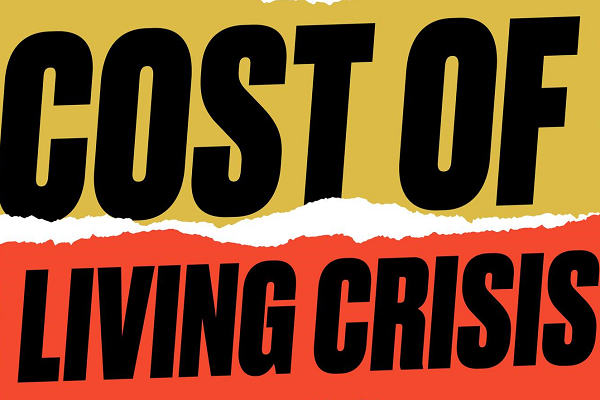Cost of Living Crisis Now Hitting Kids’ Piggy Banks, Reports the Halifax

The effects of the escalating living cost crisis are being felt by almost every household across the UK. A new report published by Halifax suggests that cash-strapped parents are even being forced to reduce their kids’ pocket money payments in order to help make ends meet.
Figures from Halifax’s annual pocket money tracking index suggest that the average UK child now receives £4.99 per week in pocket money. This represents a significant 23% decrease from last year when the average came out at £6.48.
Worse still, the average weekly pocket money payment is now lower than it has been since 2001. At this point, the average child pocketed £2.81 per week. The annual tracker hit its all-time high in 2017 when the average pocket money payment was £7.04.
According to Halifax, parents and guardians struggling to cope with skyrocketing inflation are taking a more dynamic and flexible approach to pocket money provision than ever before. Around one in three households have been forced to reduce kids’ pocket money payments, with more expected to follow suit as inflation surges to a predicted 13% high later this year.
Lifestyle alterations to compensate
On the plus side, there was at least some positive news to come out of the Halifax report. Most of the parents and guardians surveyed said that they were willing to make adjustments to their own lifestyles and spending habits in order to sustain their kids’ pocket money payments.
For example, around 50% of the parents surveyed said they would be willing to eat out less and curb their general leisure activities to safeguard their kids’ piggy banks. 25% said they would work towards reducing the costs of their weekly shopping, while just under half said they would cut down on unnecessary personal items and luxuries.
The spiralling living-cost crisis has prompted more households across the UK than ever before to switch to cheaper supermarkets, make additional efforts to reduce food waste and reconsider unnecessary purchases.
Interestingly, the report published by Halifax found that just 40% of parents and guardians give their kids pocket money on a regular basis.
As for how this money is spent, the Halifax survey found that just under 40% of kids spend most of their pocket money on sweets and gaming. 30% allocate their pocket money to toys, 29% to clothing, and 28% to books and hobbies.
However, just 22% of parents said that their children actively save most or all of their pocket money.
Talking to kids about pocket money problems
Understandably, the tendency among parents is to protect their kids to the best of their ability from the realities of economic turbulence. But as the current situation could worsen before it gets any better, parents are being advised to be a little more transparent with their kids.
Speaking on behalf of Halifax, Emma Abrahams advises taking an honest and open approach to discussing affordability issues with children.
“As household costs continue to rise, some parents are having to make difficult choices as they adapt to the conditions they face, from cutting down on the family grocery bill to passing on date night or that much-wanted personal purchase at the shops,” said Abrahams.
“Having an open and honest conversation with your children about what you can afford to give [as pocket money] is likely to improve their understanding and relationship with finances in the future.”




 0116 402 7982
0116 402 7982